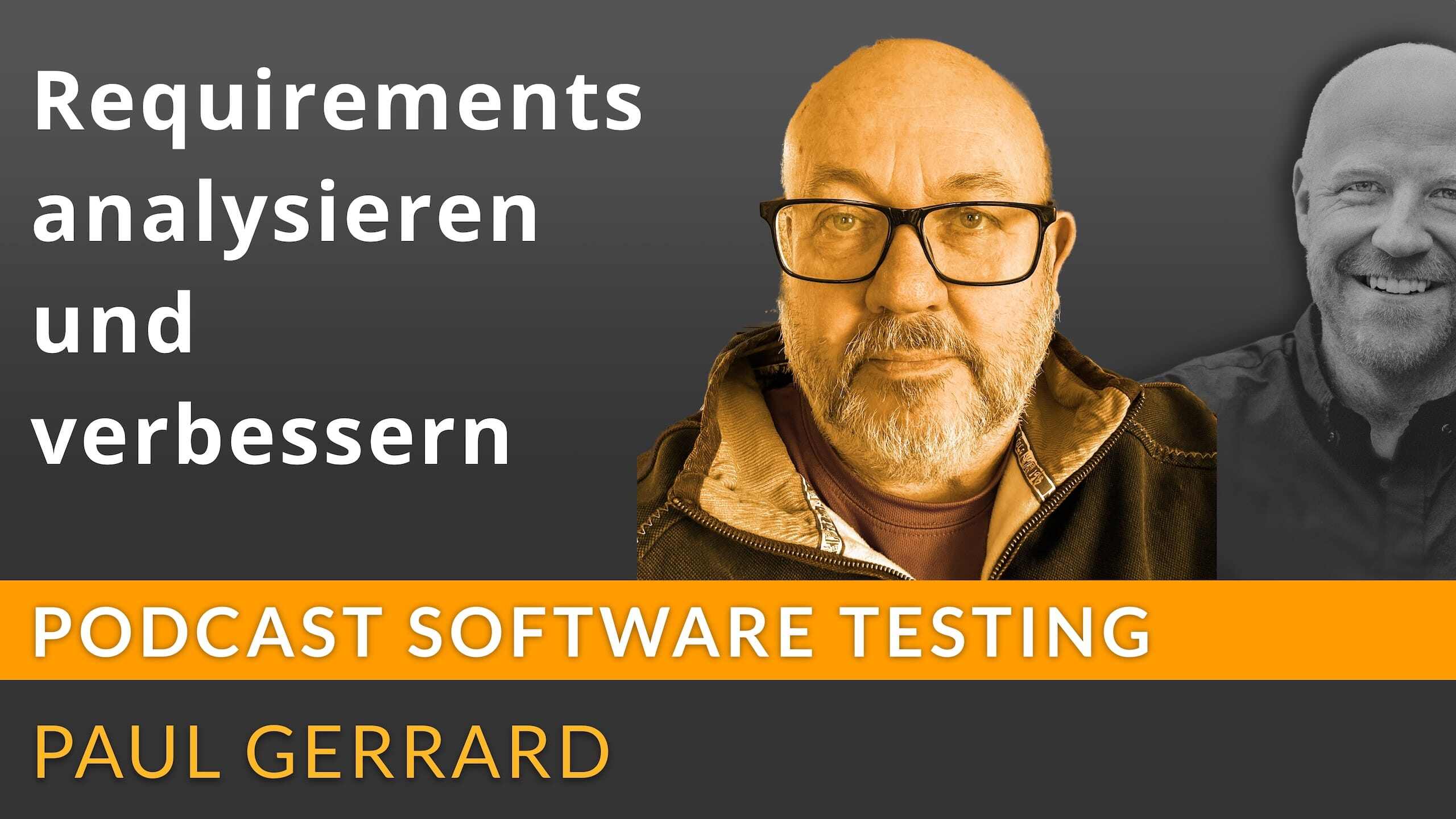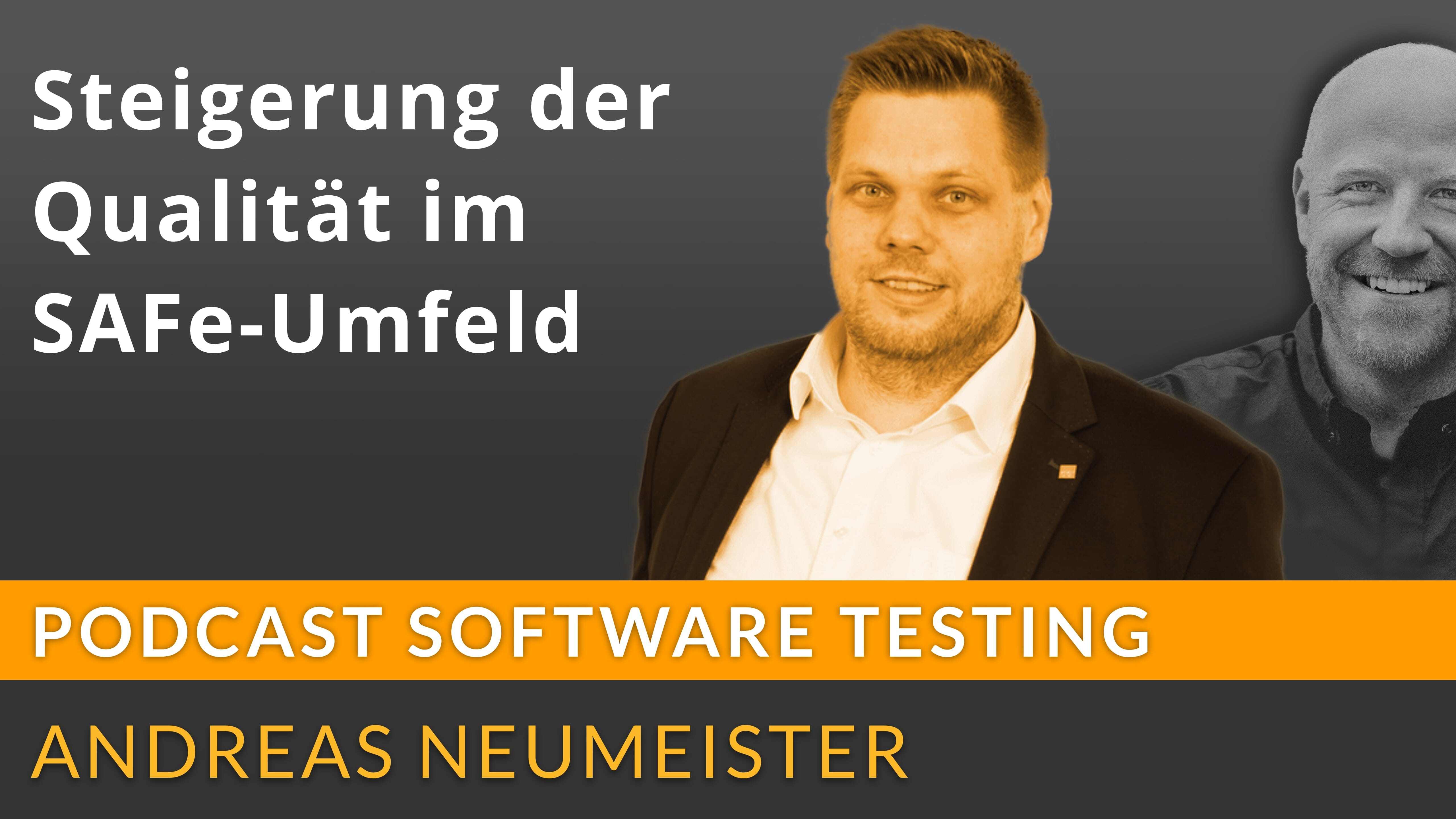The Power of Informal Networks
Informal networks play a crucial role in software development and testing. These spontaneous connections help improve team collaboration, trust and...

So it was 20 years ago that the foundation stone for the “Manifesto for Agile Software Development” was laid in a ski hut in Utah: the Agile Manifesto. A lot has happened since then. Even if some agile ideas were thought of decades before, the manifesto is a milestone. It has inspired two decades of software development and has now completely left this framework. Agility is used in every context: in corporate management, leadership, marketing, hardware, logistics and in the everyday planning of families. Non-profit companies, social services and schools are also experimenting with it. Of course, because agility is in many ways a possible answer to the challenges of our time, such as uncertainty and complexity.
Where there is light, there is also shadow. When I observe the world, the companies I work with and the market that has emerged around Agile, there is also a lot that I can only shake my head in wonder at. Sometimes I ask myself: Is this meant seriously? Satire? A joke? Only to come to the sobering conclusion: Oh… unfortunately not.
Agility is a hype driven by villages and employee meetings. There is money behind it. A lot of money. A huge market. Inevitably, there are all sorts of flowers. And just as many answers as definitions to the question: What actually is agile? - A mindset? A product? Methods? Or tools?
I notice an inner resistance in myself when I encounter the following in the agile space:
Here it comes - not. Unfortunately, I don’t know the only true definition either. And in my opinion, it doesn’t need to be, because it is in the nature of agile to be dynamic.
Over the years, I have formed my own personal view of this and it is, in short: agility is a mindset, an attitude with which a company and each individual can navigate through this complex, uncertain world and grow in the process. Based on values that are conducive to this: openness, appreciation, courage, responsibility,…
All the tools and frameworks around it are best practices that embody this. But they are also the best practices of others. And the only way to find out whether they work for you, your team or a company is to try them out, get feedback, reflect and take the next step. And this is how your own, individual, agile path emerges.
Babumm. That’s it. For me. Not for many. Don’t believe me! Make up your own mind. Your own definition. Step by step. Let yourself be inspired. And perhaps at some point all the positive agile values will be so integrated into our everyday lives that we won’t even need the label “agility” any more. Then we’ll celebrate something else.
Happy Birthday agiles Manifest!

Informal networks play a crucial role in software development and testing. These spontaneous connections help improve team collaboration, trust and...

Requirements play a crucial role in software testing as they form the basis for effective test procedures. The DeFOSPAM framework provides a...

The Scaled Agile Framework (SAFe) helps companies to successfully master the agile transformation. However, effective strategies are also needed to...